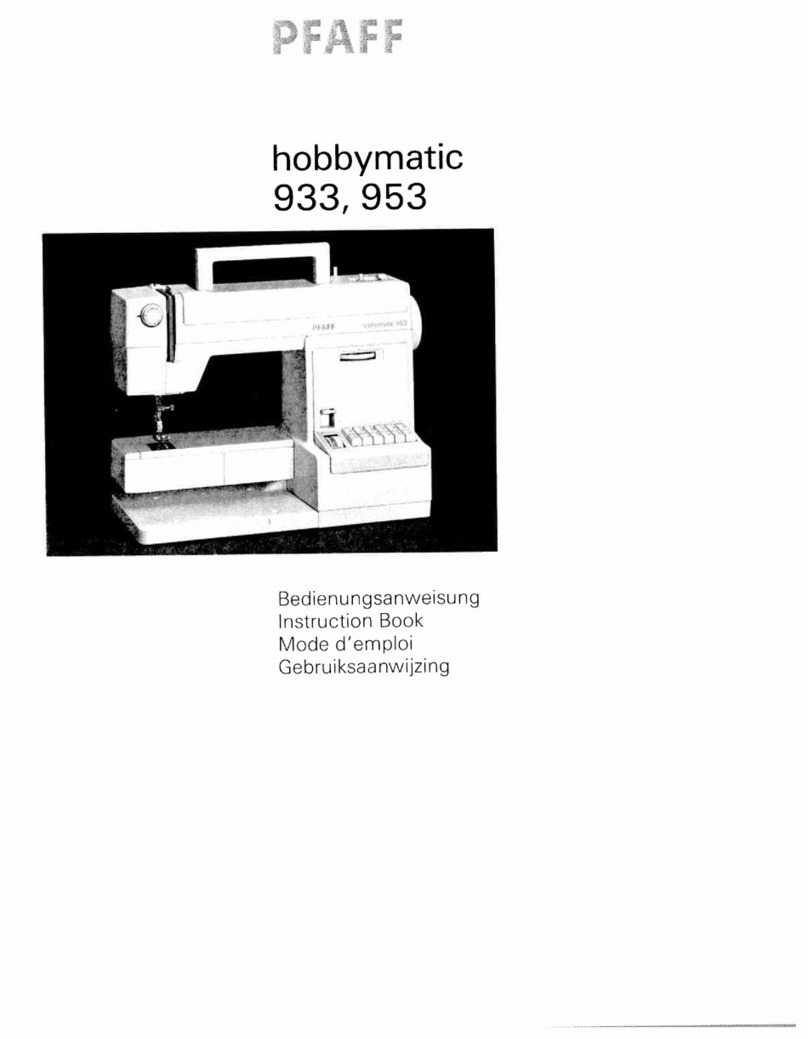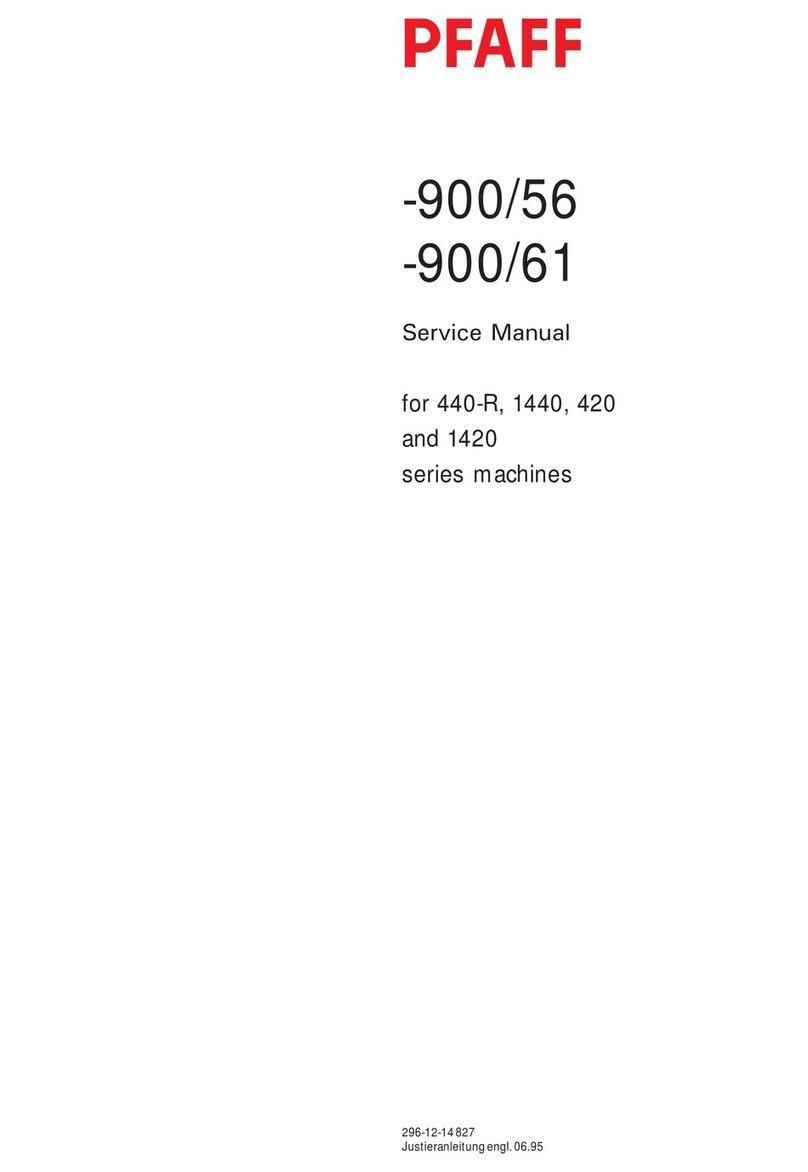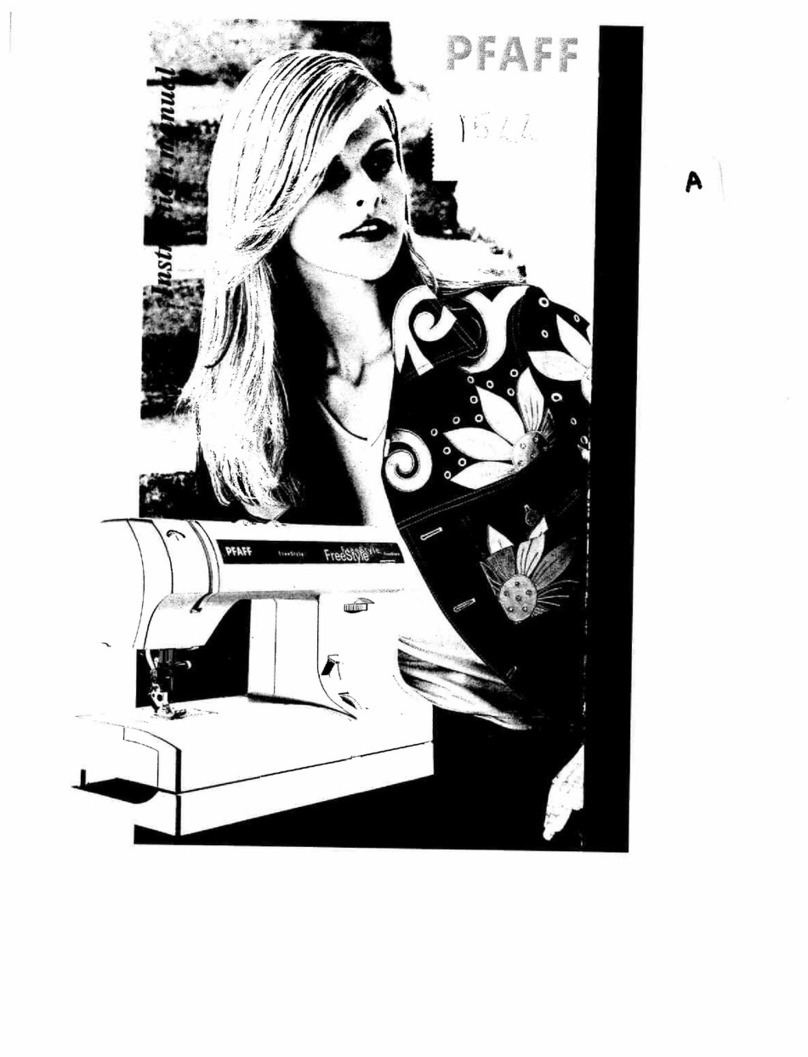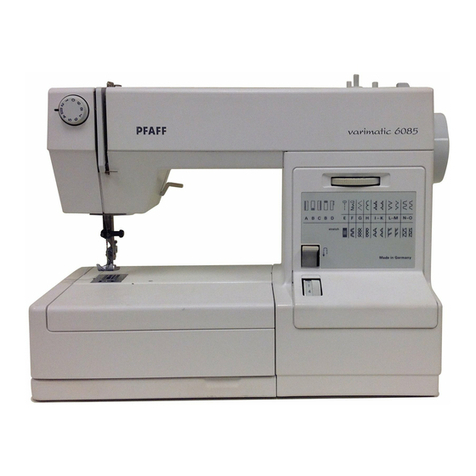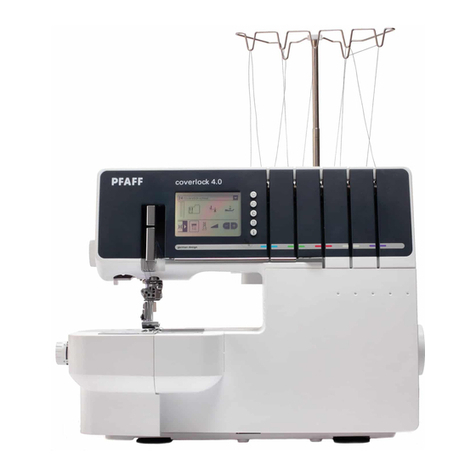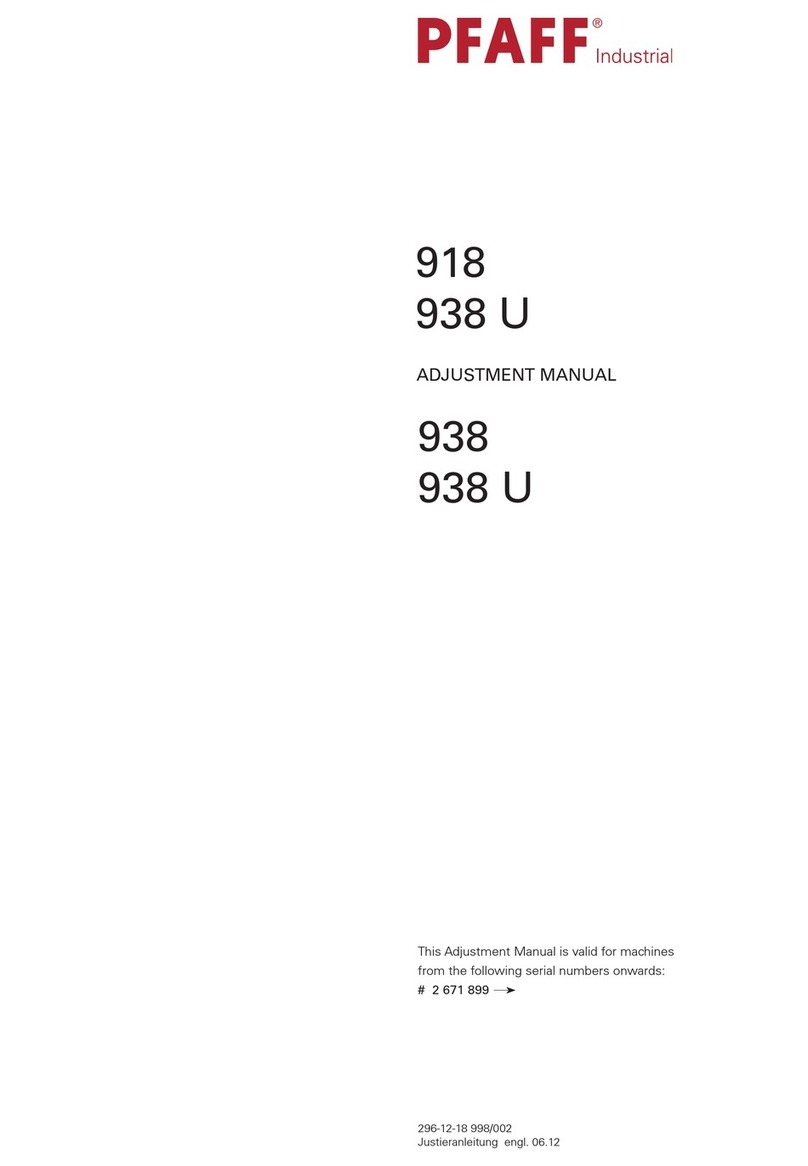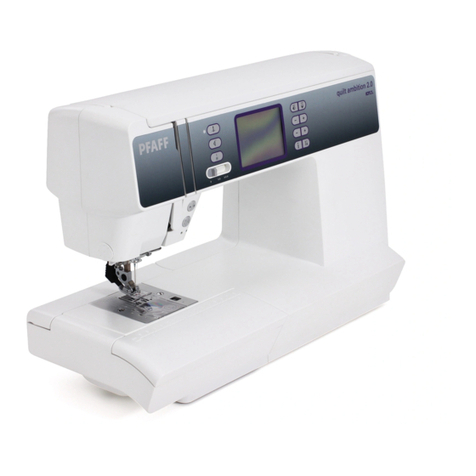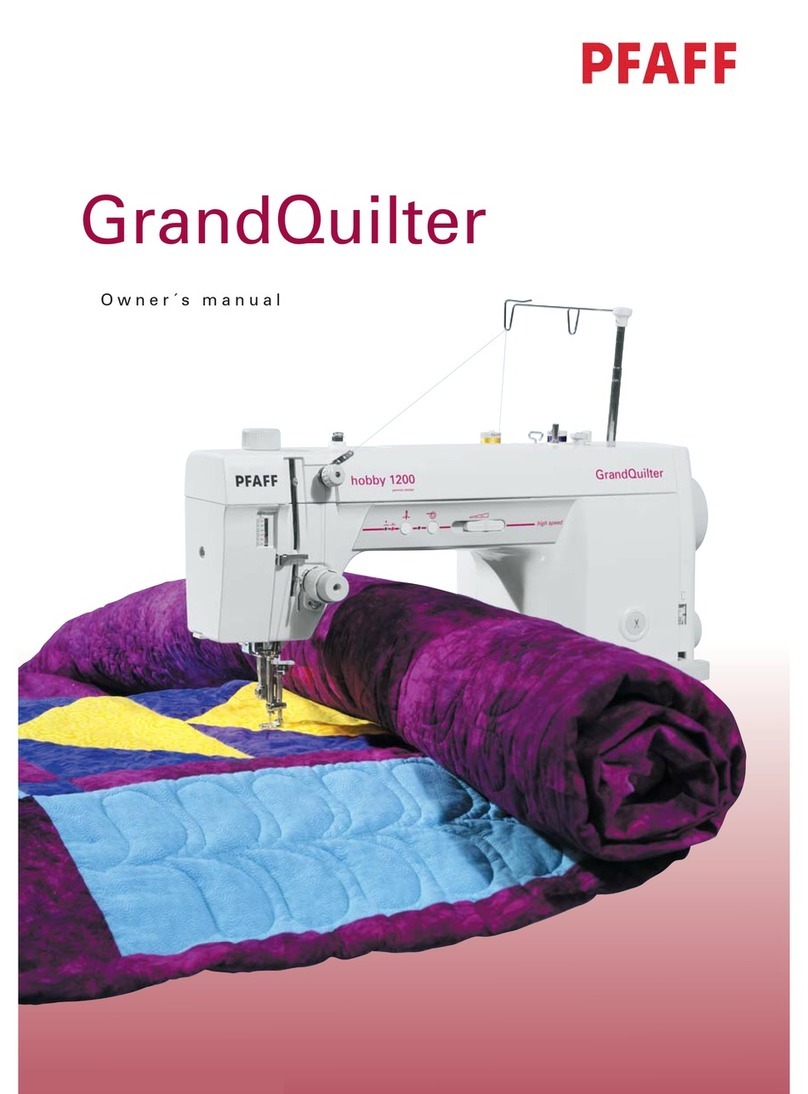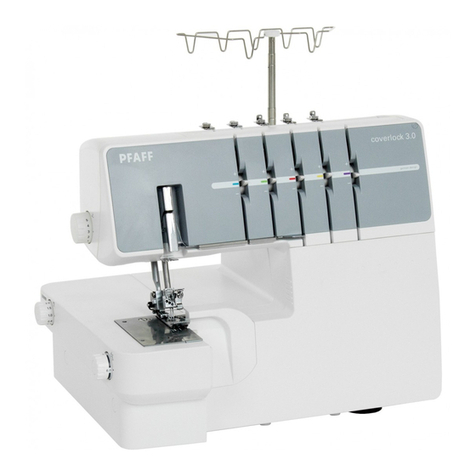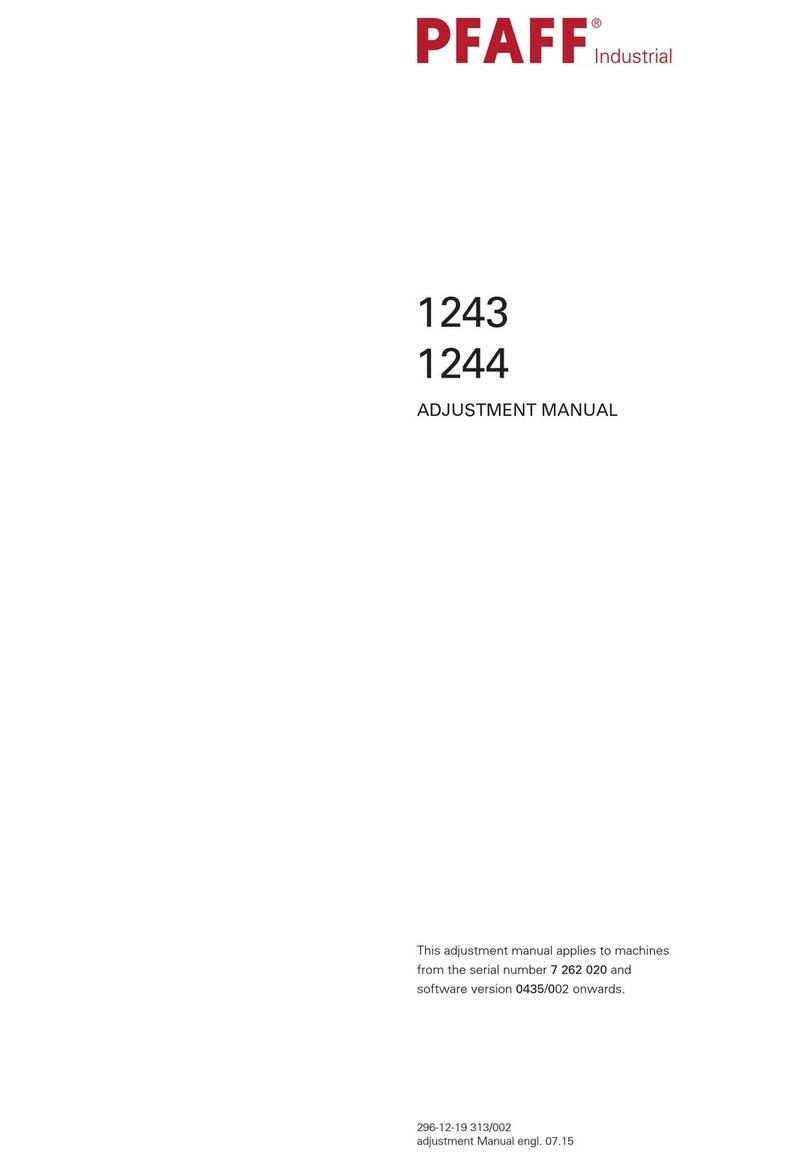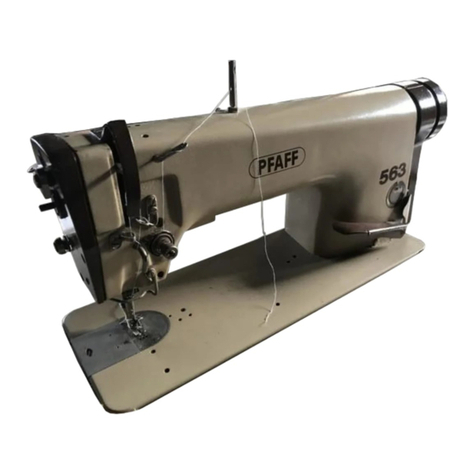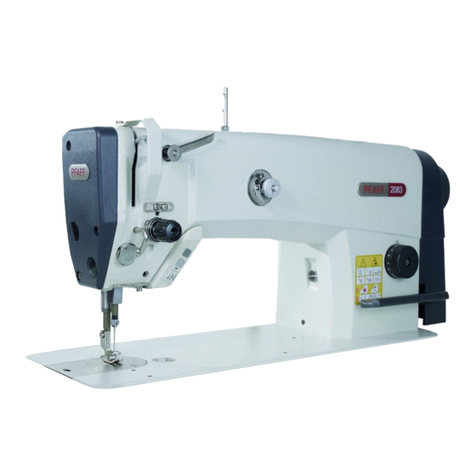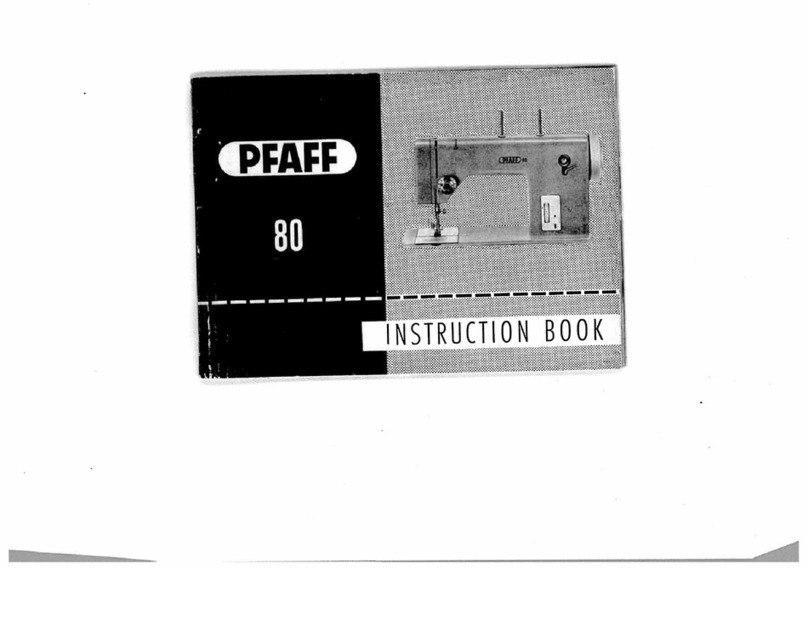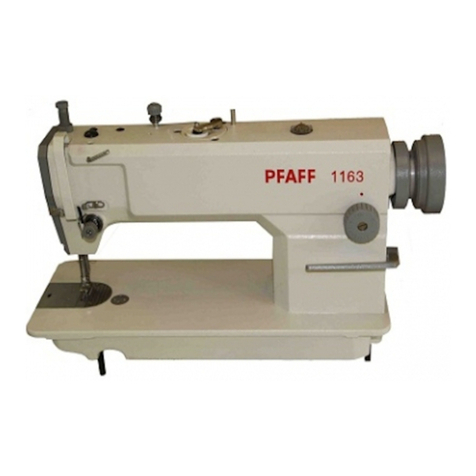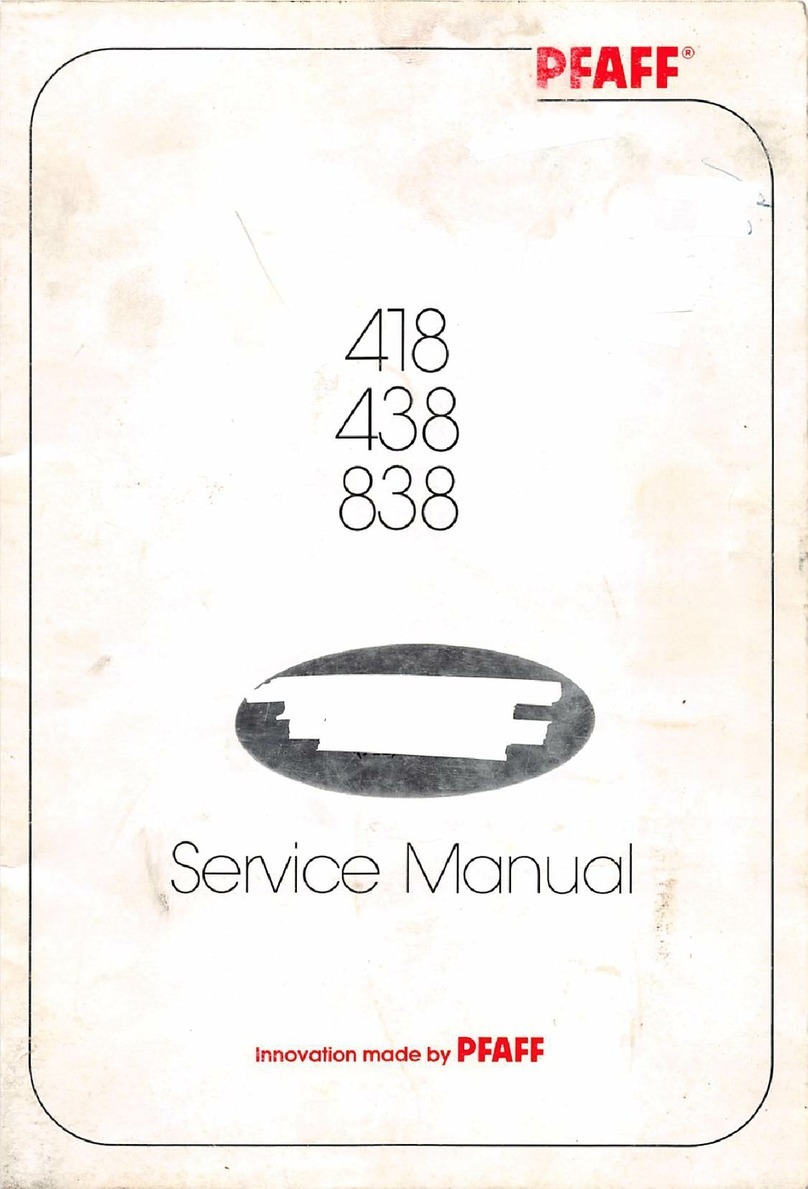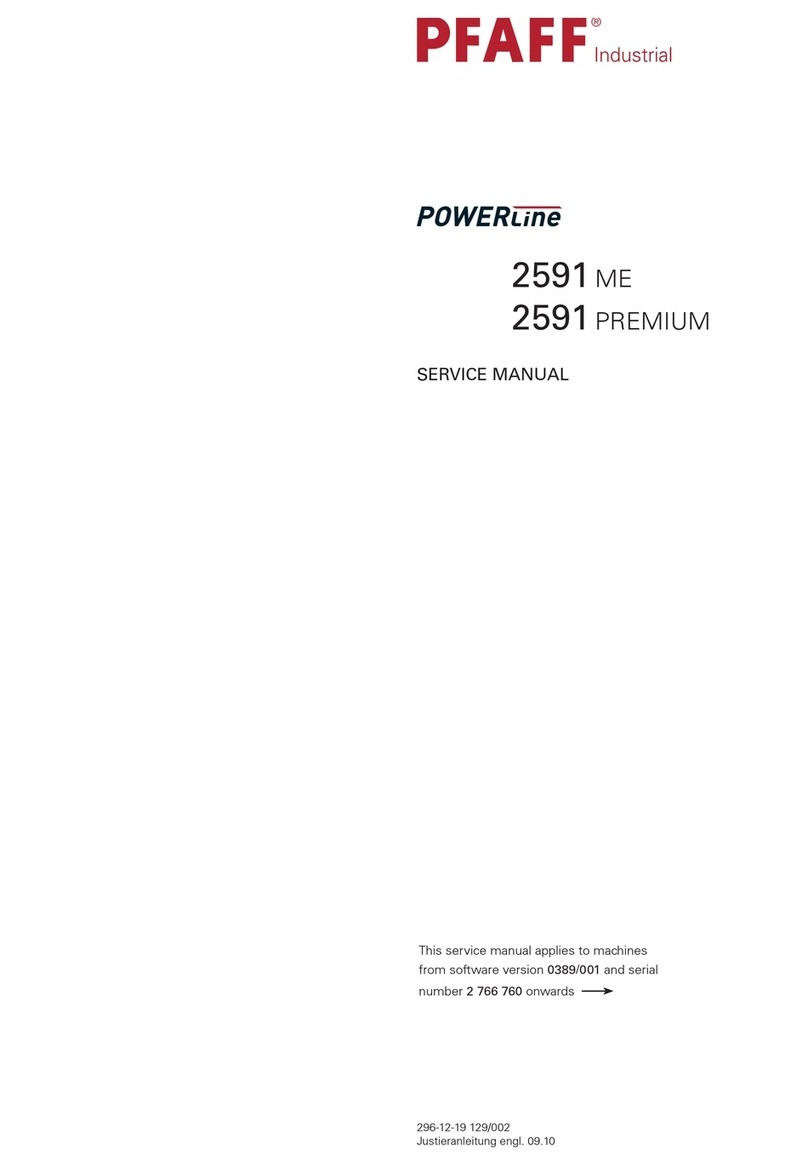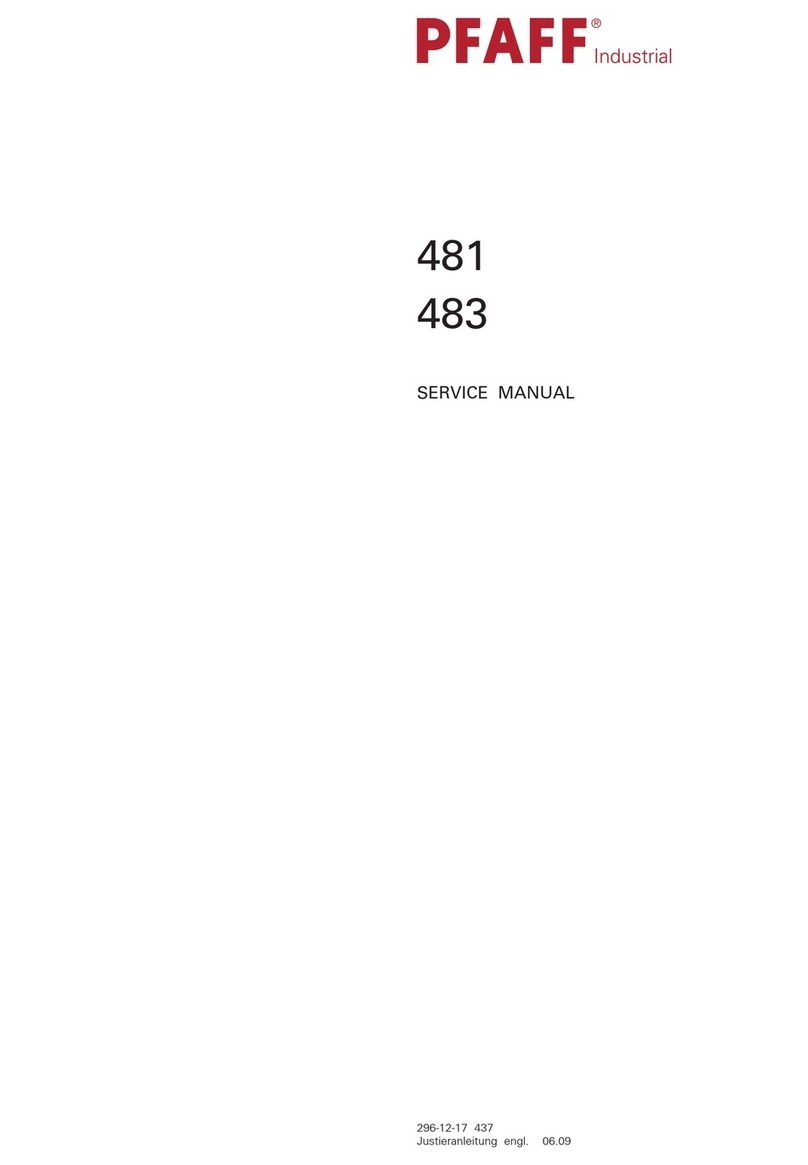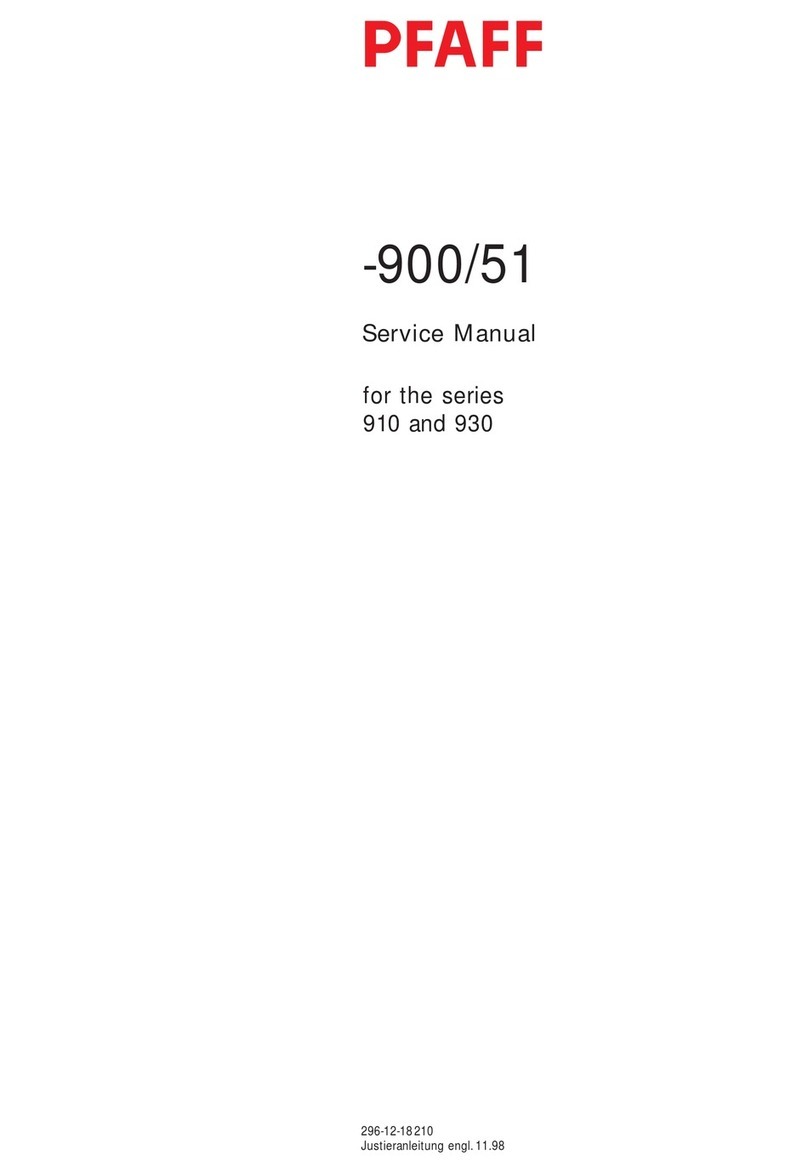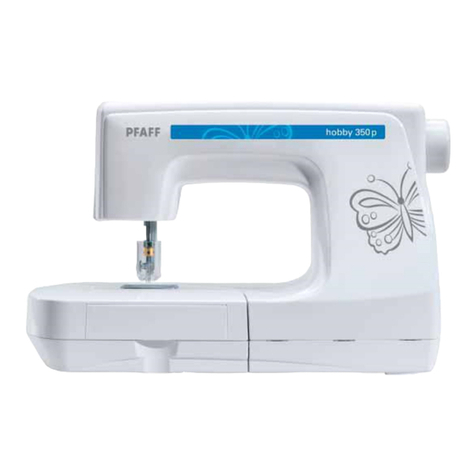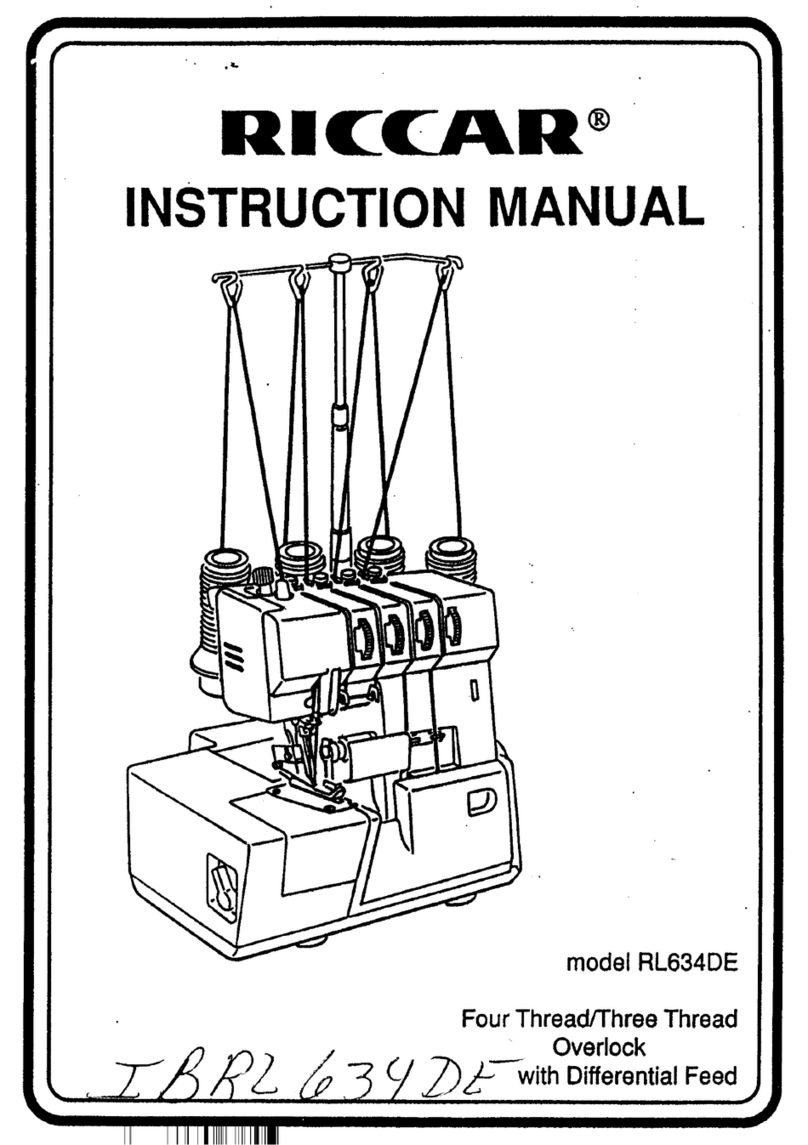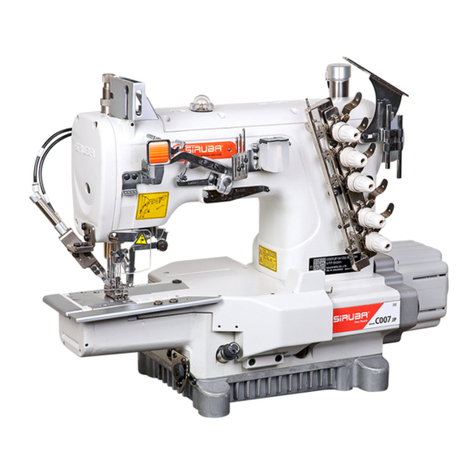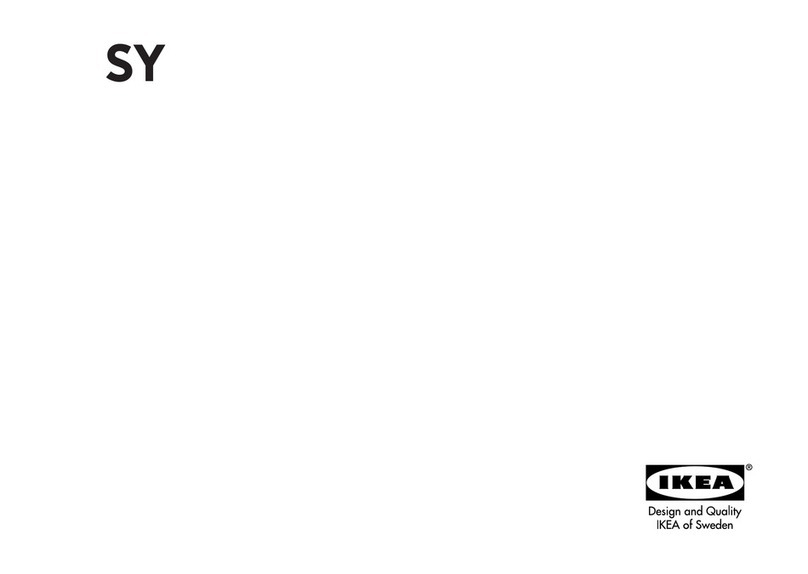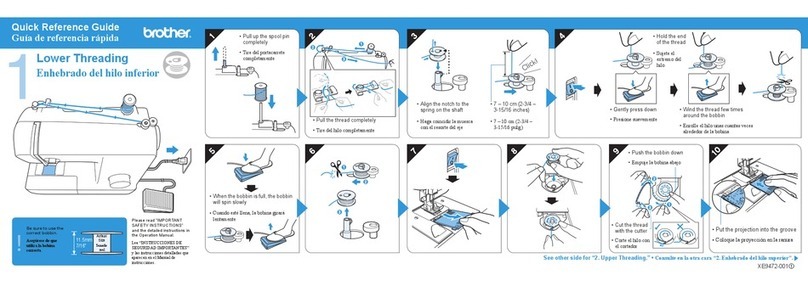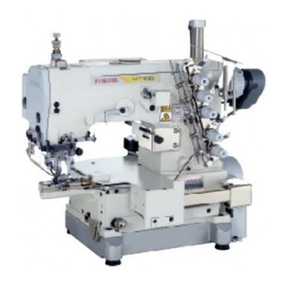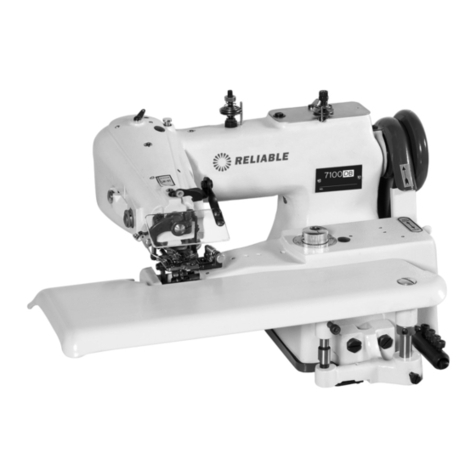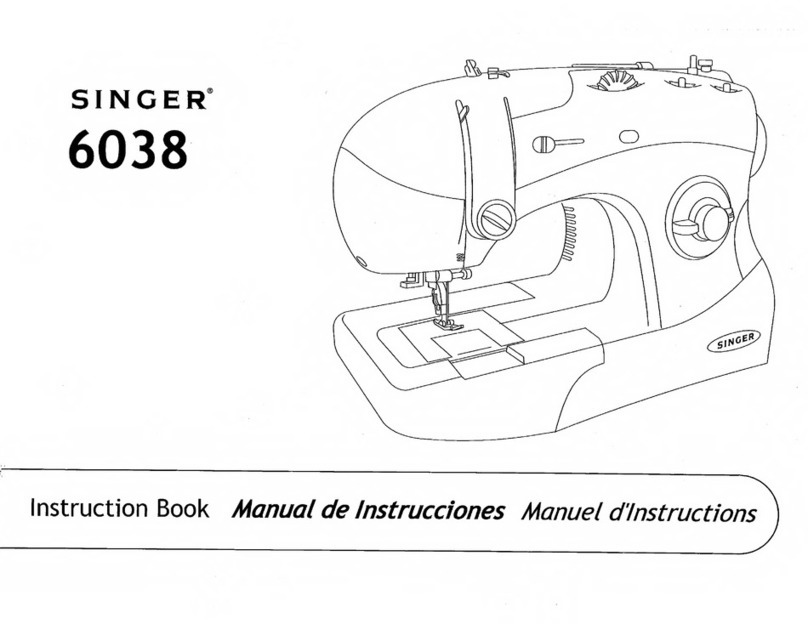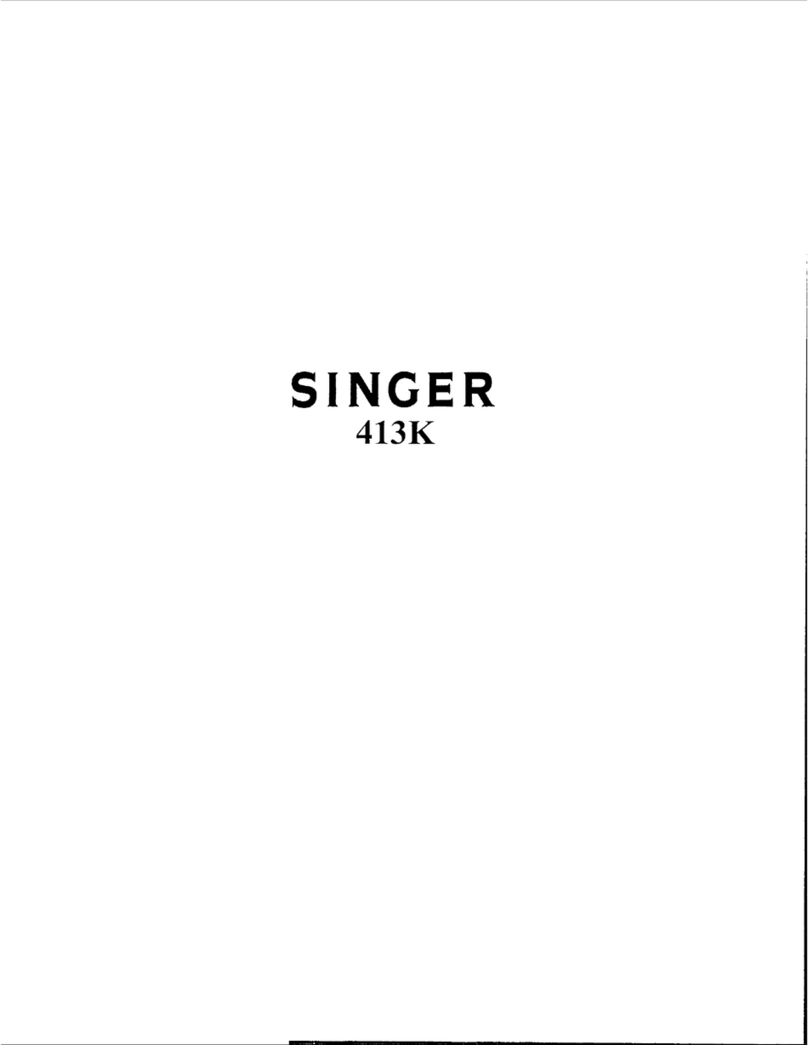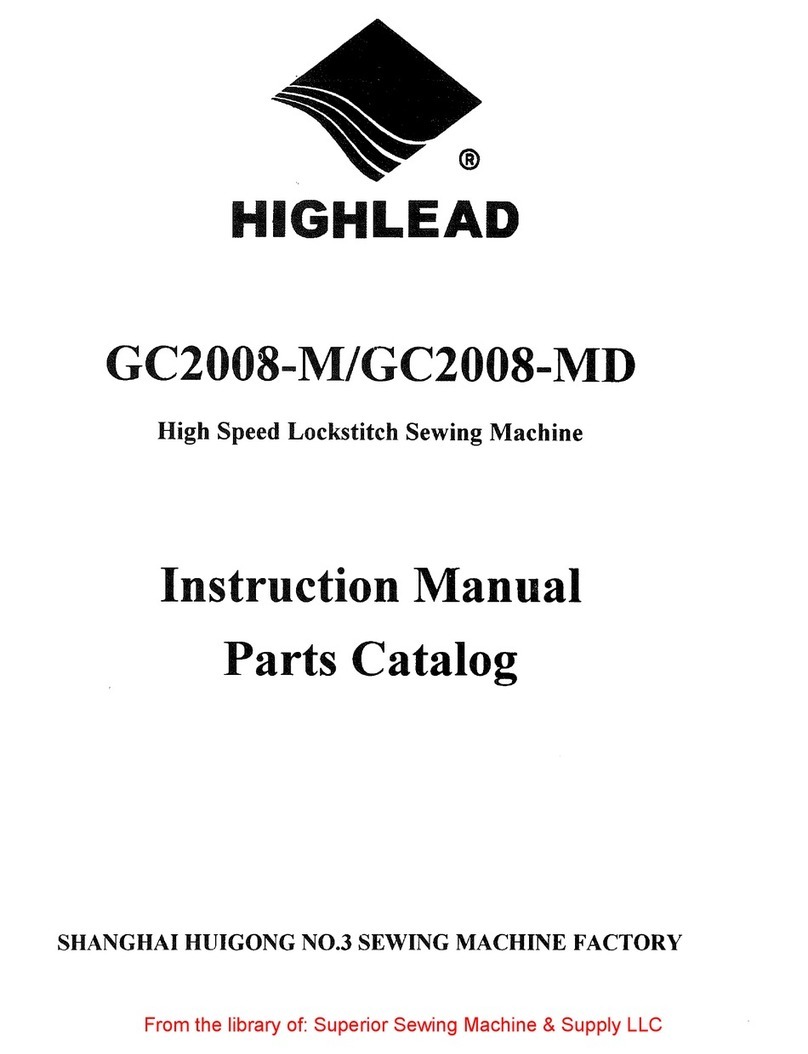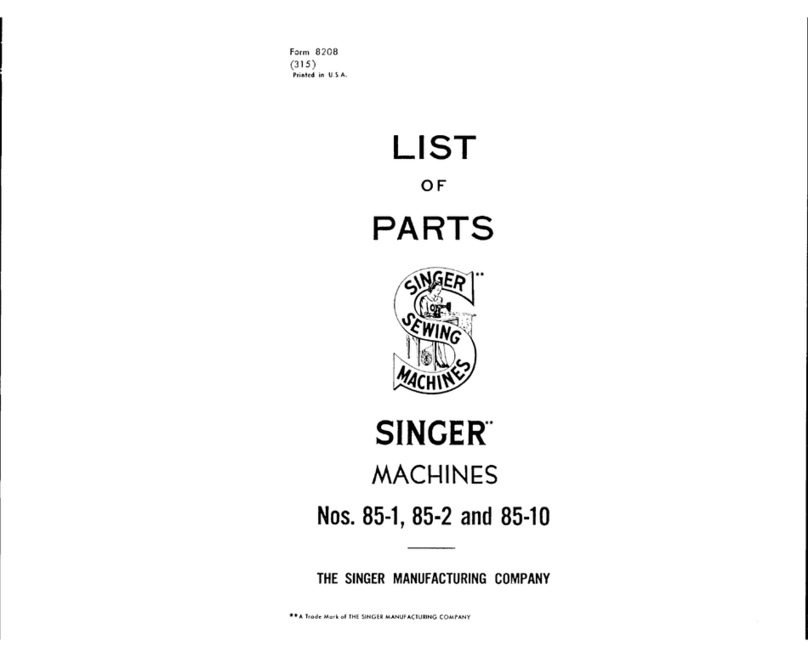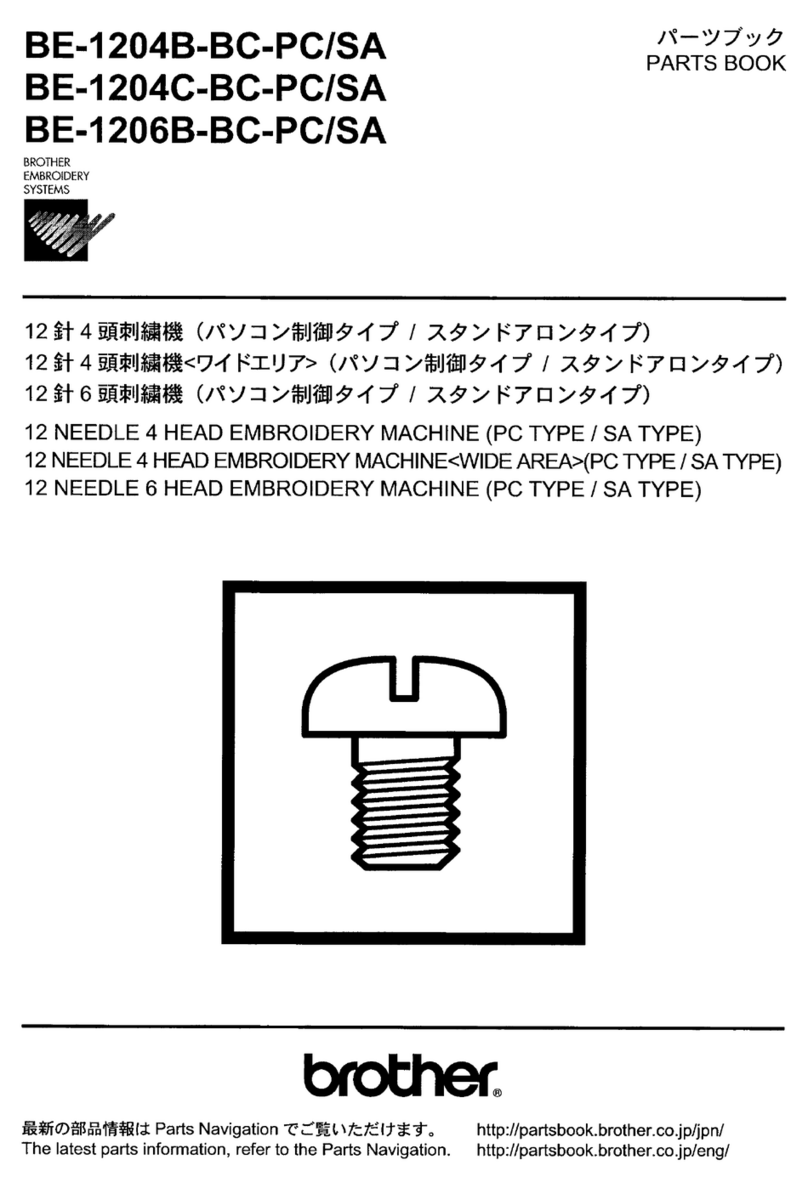Table of contents
1
Introduction 1:5
0DFKLQHRYHUYLHZ.................................................... 1:6
Front side...................................................................... 1:6
Top parts....................................................................... 1:6
$FFHVVRU\WUD\.............................................................. 1:7
Included accessories.................................................... 1:7
Presser feet.................................................................... 1:8
6WLWFKRYHUYLHZ......................................................... 1:9
Utility stitches .............................................................. 1:9
Quilt stitches .............................................................. 1:11
Needle art stitches ..................................................... 1:11
'HFRUDWLYHVWLWFKHV .................................................... 1:11
$OSKDEHWV ................................................................ 1:12
2
Preparations 2:1
Unpacking................................................................. 2:2
Connect to the power supply ................................. 2:2
Pack away after sewing........................................... 2:3
/('OLJKWV.................................................................. 2:3
Free arm..................................................................... 2:3
Thread cutter............................................................. 2:3
6SRROSLQV.................................................................. 2:3
Threading the machine............................................ 2:4
%REELQZLQGLQJ........................................................ 2:6
Inserting the bobbin................................................. 2:7
,'7TMV\VWHP,QWHJUDWHGGXDOIHHG..................... 2:7
(OHFWURQLFNQHHOLIW........................................... 2:8
Needles ...................................................................... 2:8
Changing the needle................................................ 2:9
Lowering feed dogs ................................................. 2:9
Changing the presser foot....................................... 2.9
%XWWRQVIRUquilt expression™ 4.2........................ 2:11
%XWWRQVIRUexpression™ 3.2................................. 2:13
6HWWLQJVPHQX ......................................................... 2:15
3
Sewing 3:1
6HZLQJPRGHRYHUYLHZ ........................................ 3:2
6HOHFWDVWLWFK............................................................. 3:2
6HZLQJUHFRPPHQGDWLRQV.......................................... 3:2
6WLWFKDGMXVWPHQWV.................................................... 3:3
Mirroring................................................................... 3:4
Tie-off options........................................................... 3:4
Tapering program .................................................... 3:5
6SHHGFRQWURO ............................................................ 3:5
Personal stitches ....................................................... 3:6
6HZLQJWHFKQLTXHV ................................................... 3:7
+DQGORRNTXLOWLQJ....................................................... 3:7
'DUQLQJ ......................................................................... 3:7
)UHHPRWLRQSRVLWLRQ .......................................... 3:8
%XWWRQKROHV................................................................... 3:8
Common sewing pop-ups .................................... 3:10
4
Sequencing 4:1
6HTXHQFLQJRYHUYLHZ ............................................ 4:2
&UHDWHDVHTXHQFH..................................................... 4.2
Using the alphabet ................................................... 4:3
0DQDJH\RXUVHTXHQFHV.......................................... 4:4
6HZLQJDVHTXHQFH ................................................... 4:4
5
Maintenance 5:1
Cleaning the machine.............................................. 5:2
Replacing the stitch plate........................................ 5:2
Troubleshooting ....................................................... 5:3
Note: The machine models will be referred to as simply 4.2 and 3.2 in this manual.
